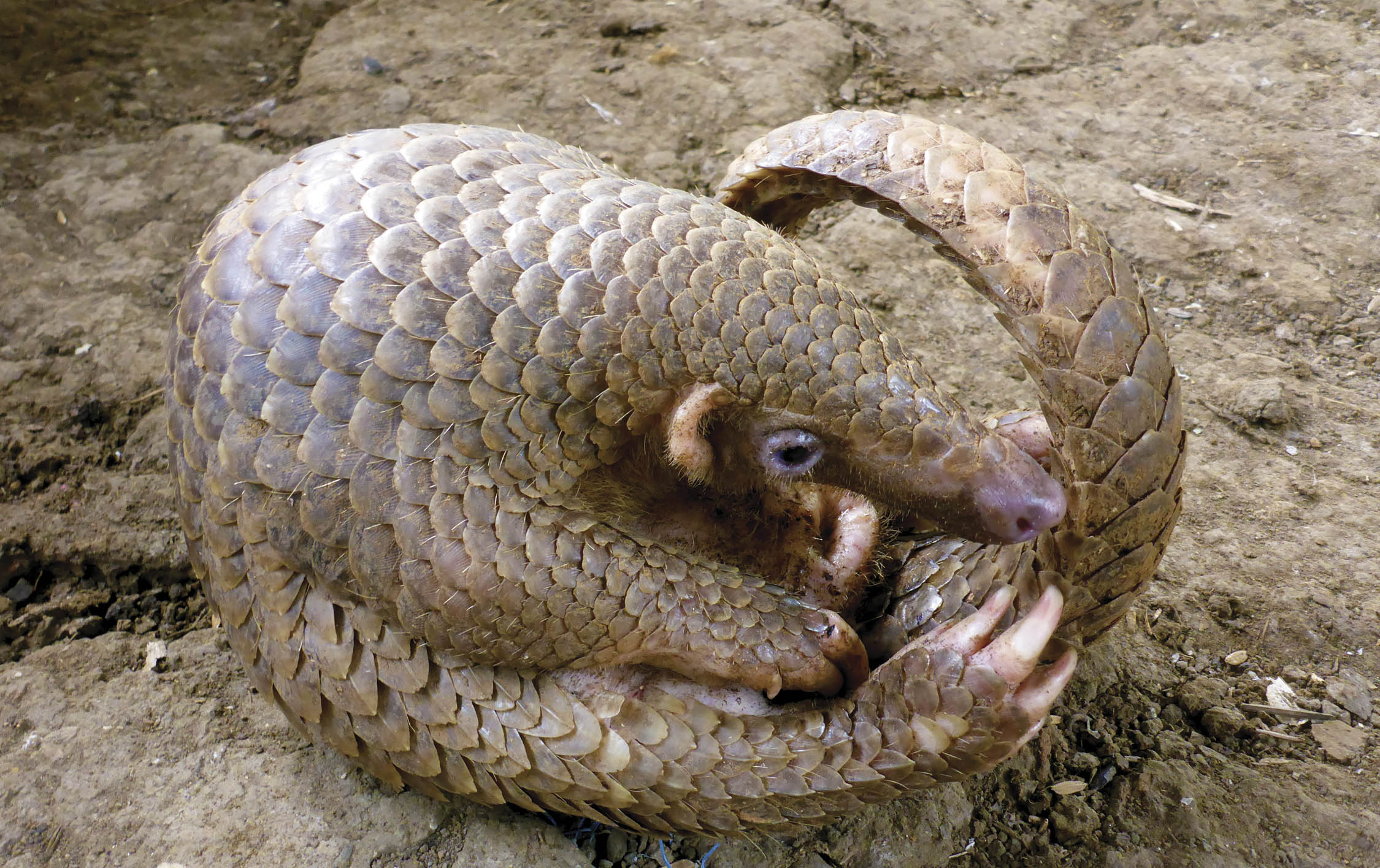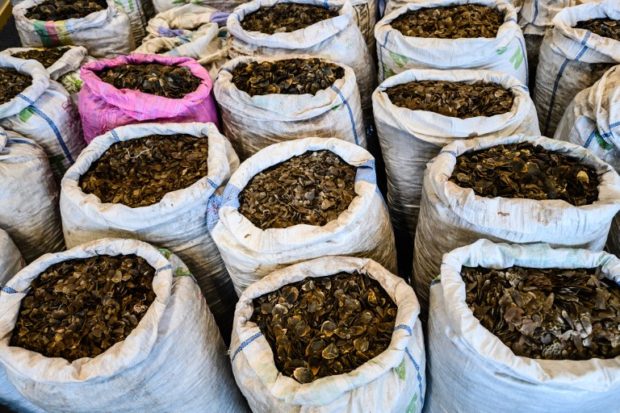In the past few years, we’ve seen various animal species worldwide dwindle in numbers because of the loss of natural habitats or through illegal hunting and poaching. We’ve talked about polar bears struggling to survive in the middle of the Arctic’s decline, and clownfish running the risk of extinction because they can no longer adapt to climate change.
Unfortunately, this seems to be a trend that will stick around—as seen in the recent declaration of the Philippine pangolin (Manis culionensis) as critically endangered. The International Union for Conservation of Nature (IUCN) reclassified the Philippine pangolin on the Red List of Threatened Species, a list that tracks the global conservation status of more than 112,000 species.

According to Dr. Sabine Schoppe, who leads the Palawan Pangolin Conservation Program at the Katala Foundation, the pangolin’s reclassification was given after the latest assessment showed that their population is expected to decline by 80 percent in the next 21 years, or within the next three generations of pangolins
Another factor in the pangolin’s reclassification is the exploitation of the species in the past few years. The pangolin is one of the world’s most trafficked mammals as they are considered a source of traditional medicine and a cure for illnesses in China and Vietnam. The IUCN’s assessment also notes that the pangolin’s exploitation will continue in the next two generations, thanks to ineffective demand reduction efforts.

More alarmingly, the loss of Philippine pangolins could lead to an imbalance in the ecosystem. According to Schoppe, pangolins help reduce pest species since they exclusively feed on termites and ants, while their digging habits help aerate soils around the area.
“[Their] survival does not alone depend on research and resources, but to a large extent on demand reduction and law enforcement and political will,” Schoppe says. “We cannot turn the clock back, but we can admit that what happened in the past and in the present is wrong.”
Writer: ANGELA PATRICIA SUACILLO




